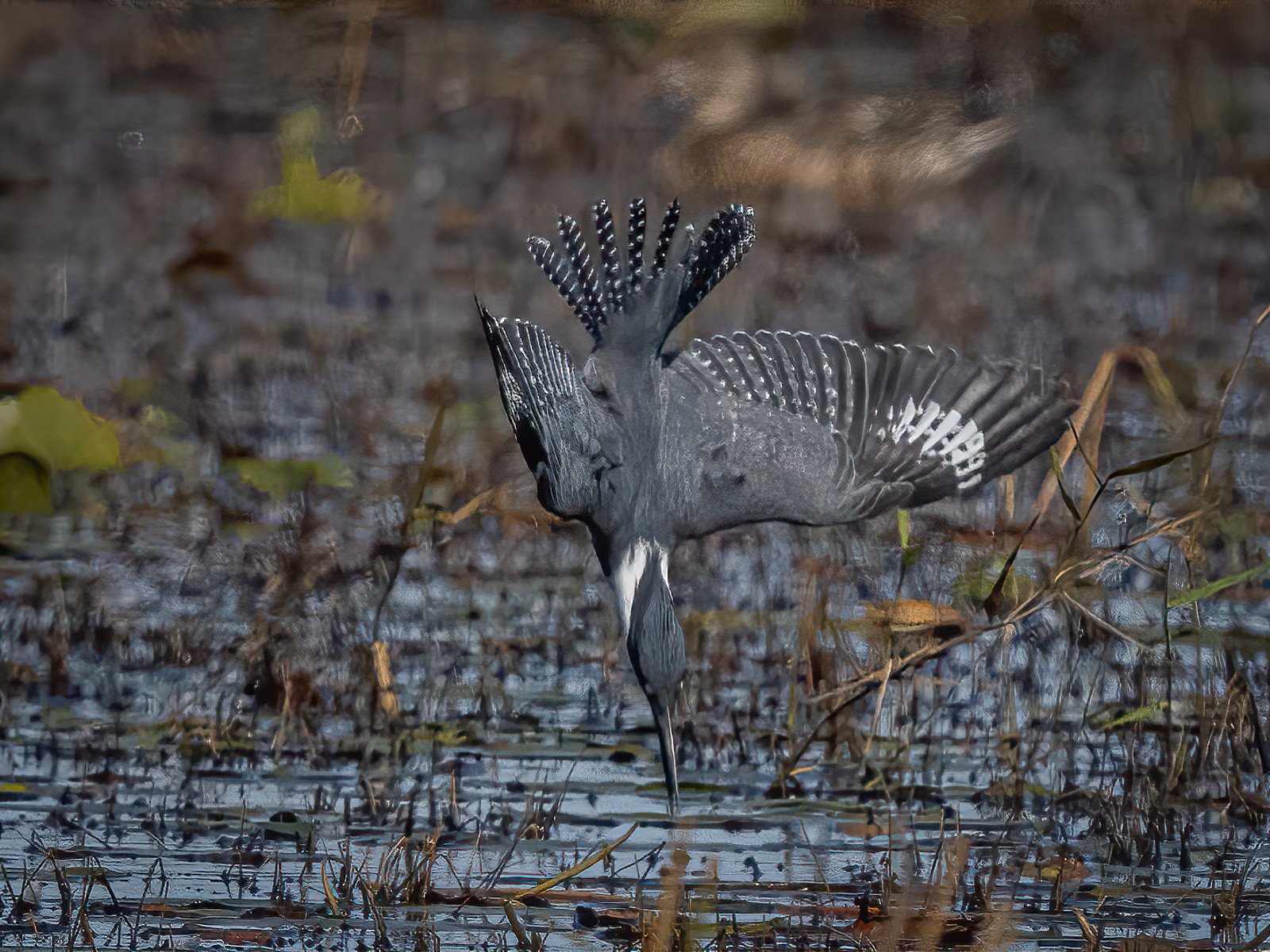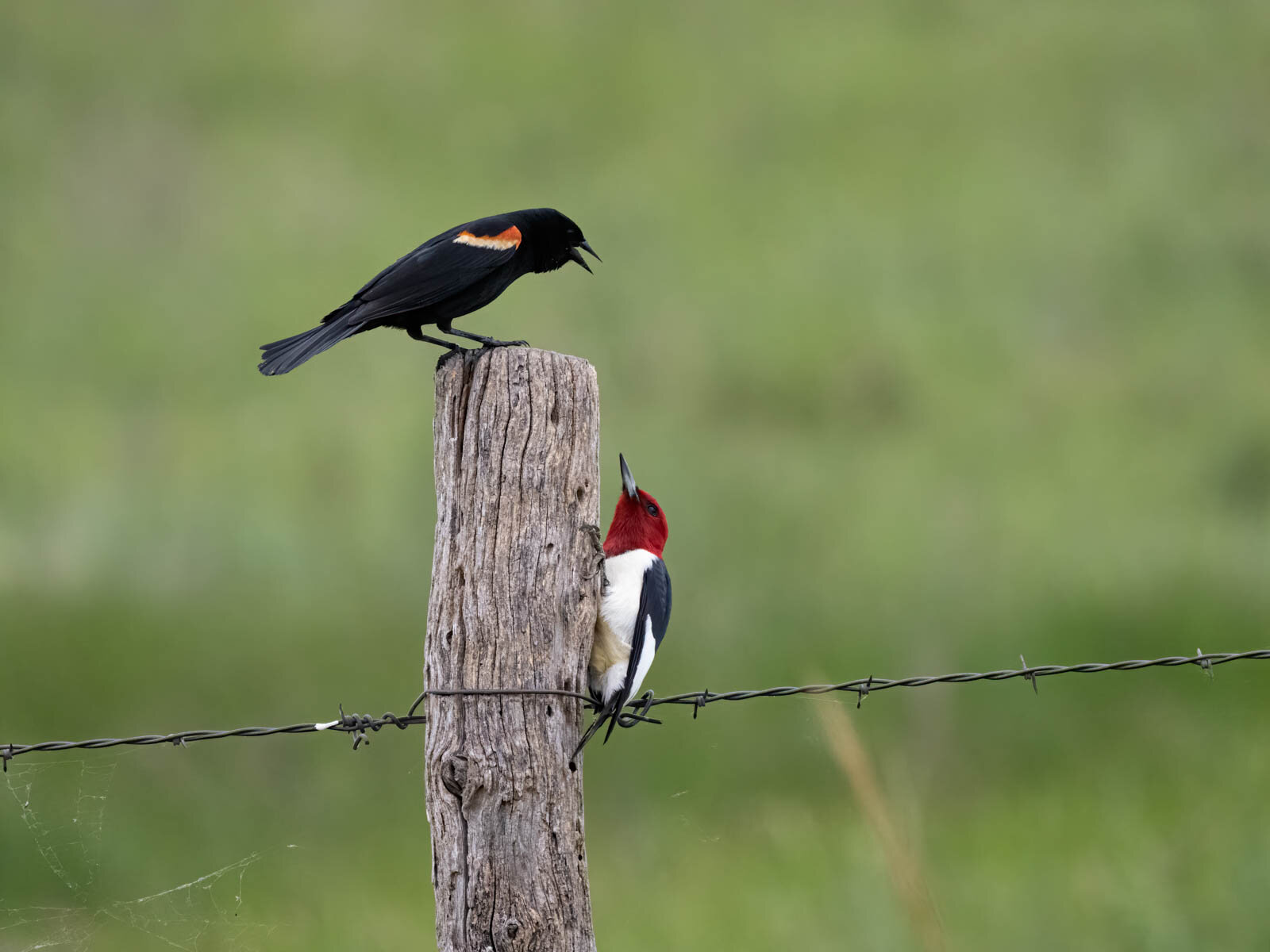Great Egret - Smith Oaks Rookery, High Island, TX -April 2021
Olympus E-M1X camera
150-400mm f4.5 TC lens @275 mm
1/1250 sec at f/5.6, ISO 200
The Gulf Coast of Texas is one of my favorite bird photography locations, but this was not my most productive trip. I started the drive to Texas early one morning. I stopped at a McDonalds 4 blocks from the condo for an Egg McMuffin and a cup of coffee. A car in the "pick up your order" station suddenly put his car in reverse and backed into me at the "pay for your order" station. He had received incorrect change. There was no detectable damage to my bumper. Later that day in New Mexico, the wind was blowing so much soil across the highway that my lane detector system stopped working. A little later, the density of the tumbleweeds being blown across the road was so great, the automatic braking system was activated. For the entire two weeks there were basically only 3 or 4 low tides during daylight hours. Those occurred early in the morning when, from the dike that extends 5 miles out into the gulf to protect the Galveston ship channel, the sun was behind the birds. The dike is usually one of my favorite "perches" for photographing the wading birds. The normal tidal system was in effect, of course, but the wind was blowing onto shore so strongly that the predicted low tide water levels never happened. My photos of "shore" birds were obtained from fields pretty far inland. Fortunately the High Island rookery was very active and I spent a lot of time there. On the drive back to Colorado, a rock hit the windshield and produced a crack that grew to about 24 inches in length by the time I arrived at the condo. I enjoyed the trip! it was great to get out of the condo, to listen to the wind, to measure the depth of the water covering the roads to some of my birding spots by noting how much of the legs of the Yellowlegs, Stilts, and Willets feeding in the water on the roads was exposed, and to listen to the imaginary clicks of my mirrorless camera.







